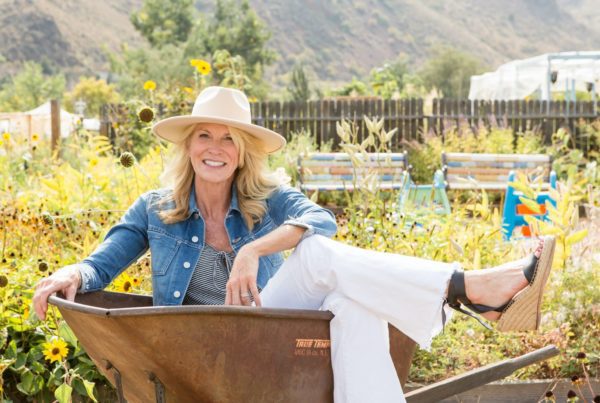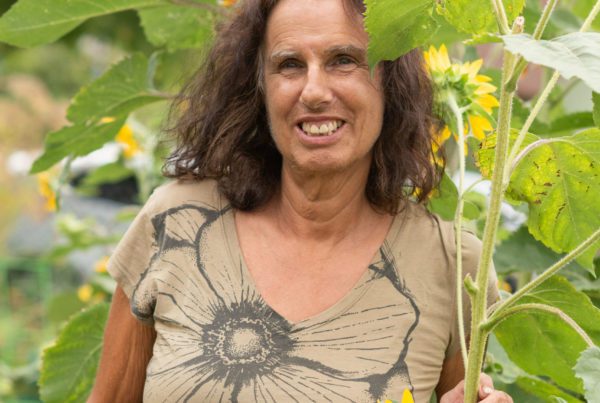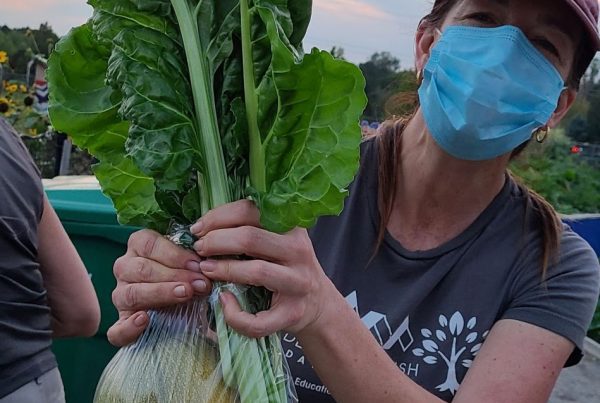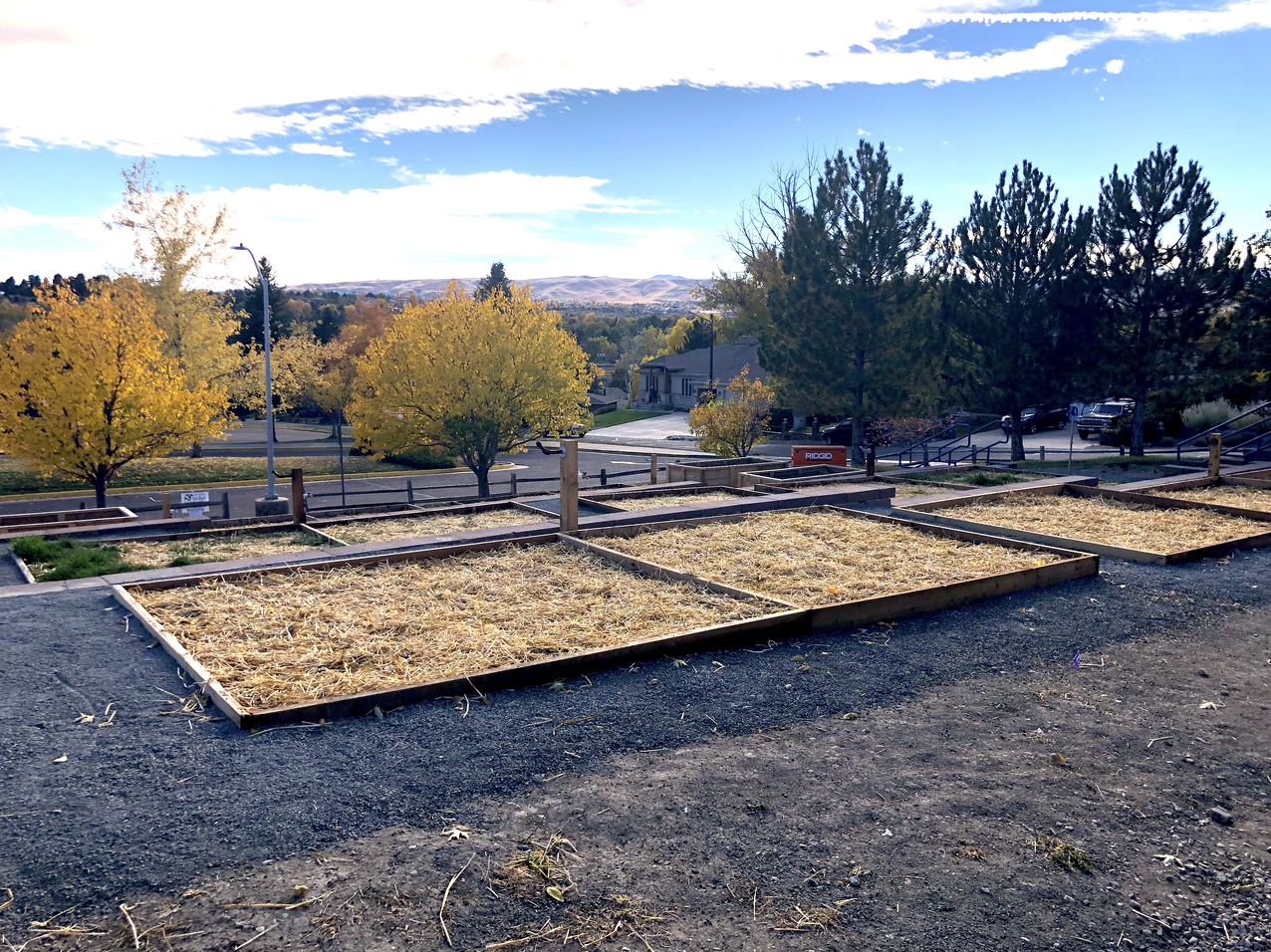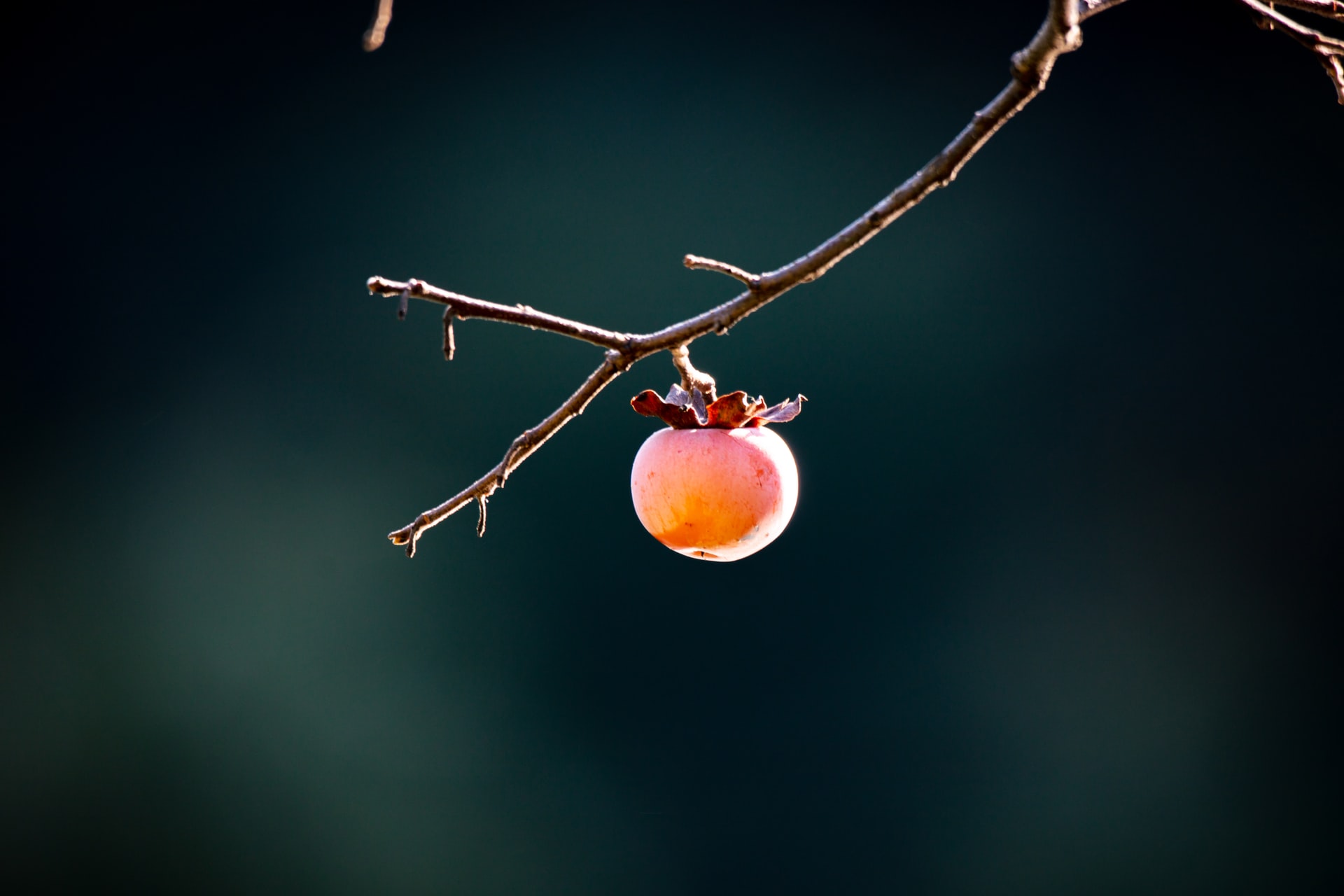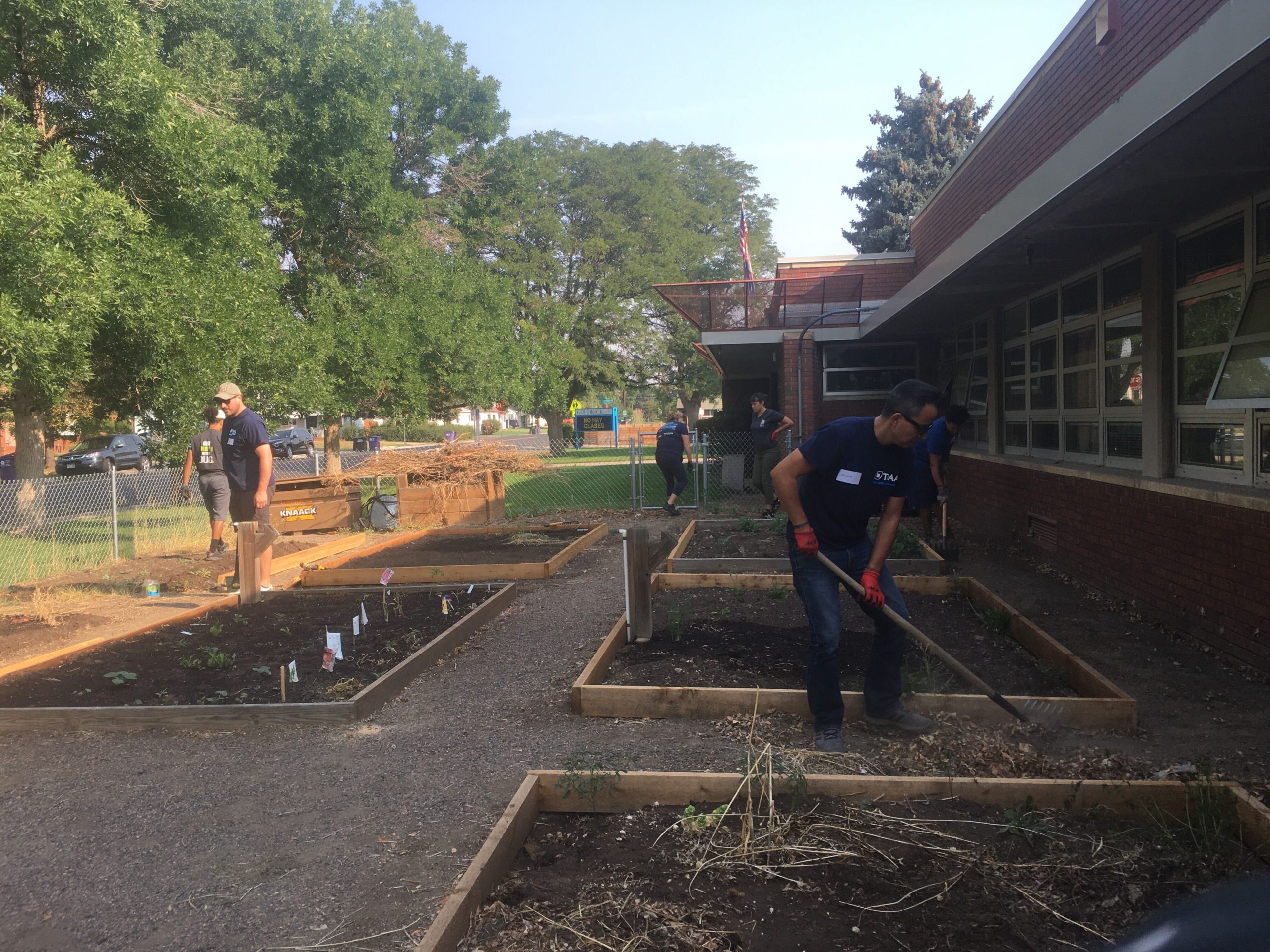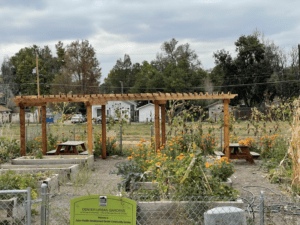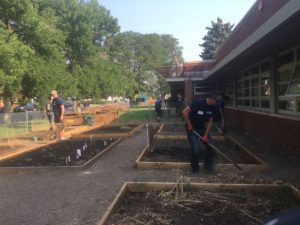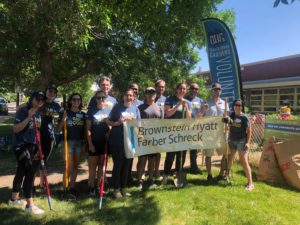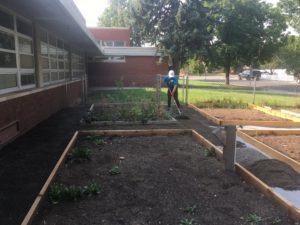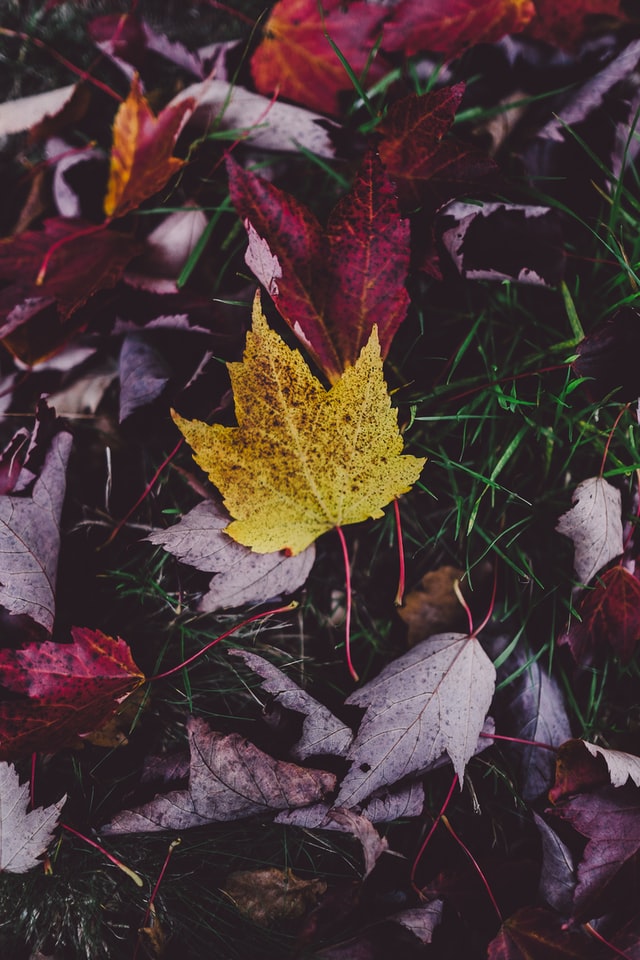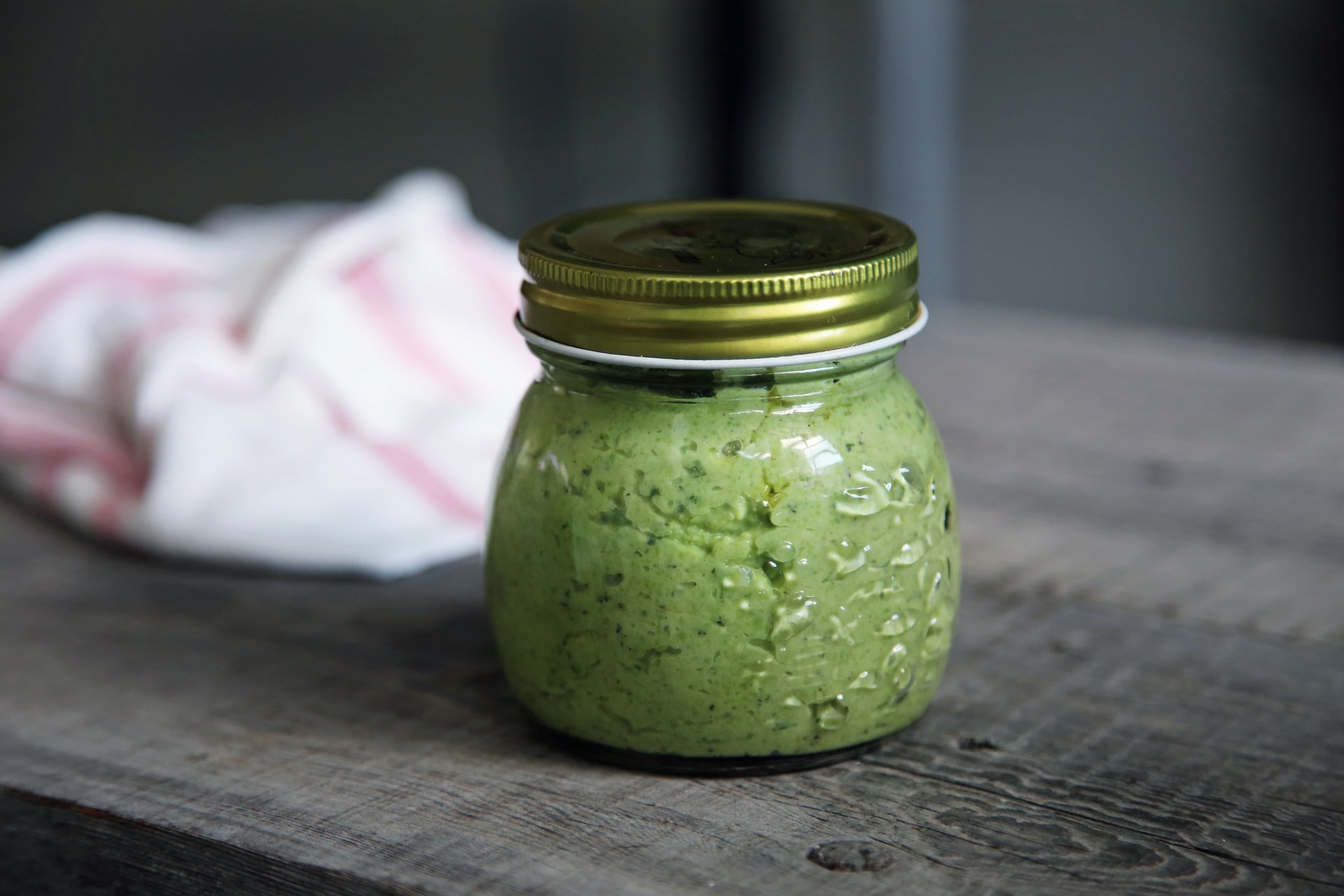
There is nothing typical about Denver weather, and each year that passes seems to surpass expectations in terms of drought, heat, and other manifestations of climate change.
Now, more than ever, it’s the time to plan, prepare for, and play our part to deepen our connection to the regenerative power of the earth. This also is the season for us to focus on our ROOTS.
R: Remember the past growing season by:
- Making a simple garden map showing what you planted, its location in the garden and any companions it had (flowers, herbs)
- Be mindful of garden challenges: (heat, insects, diseases, drought)
- Was the garden utilized spring through fall?
O: Organize and clean any garden tools, sharpening edges of pruners, shovels and garden hoes, removing rust, and oiling wooden handles
O: Order fresh seeds if needed.
Typically, if stored in a cool, dry location, most veggie seeds, (other than lettuce, green onions, bulbing onions & leeks that lose viability after several years) can be successfully planted for the upcoming season. Order seed catalogs in December to expand your field of dreams. Some favorite selections include:
T: Treasure the gifts that each season brings.
Continue to:
- Care for the soil by piling more leaves or straw on top of growing areas, to promote increased organic matter as they decompose over the winter season
- Water fall-planted garlic once monthly if not adequately covered by snow
- Deep water those treasured trees and perennial plants
S: Share your increasing garden knowledge, extra preserved garden harvest goodies with neighbors, friends, and others in your community.
Most of all, know that as we continue to nurture our growing areas, we are also nurtured in a sense of purpose and place.




